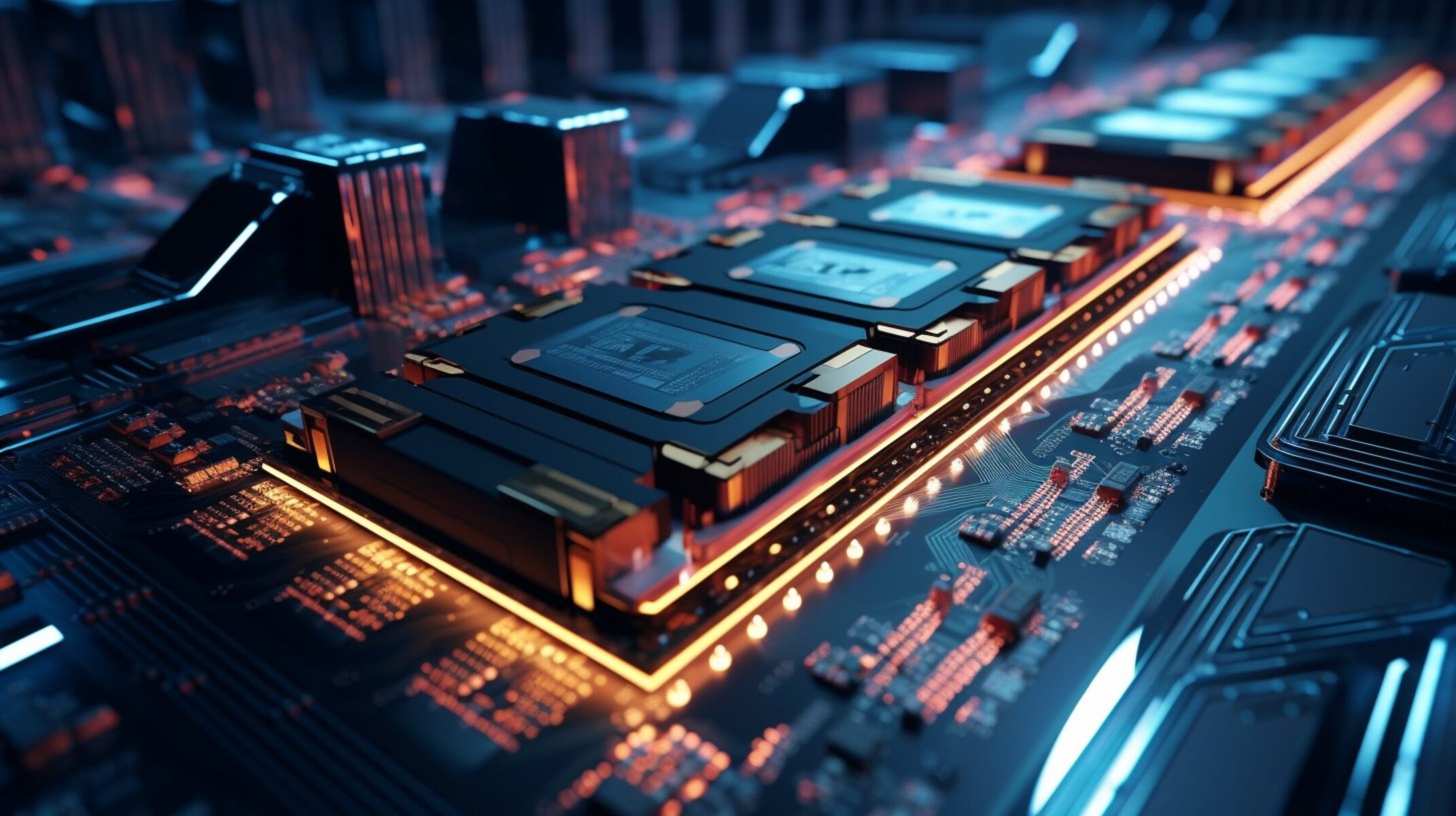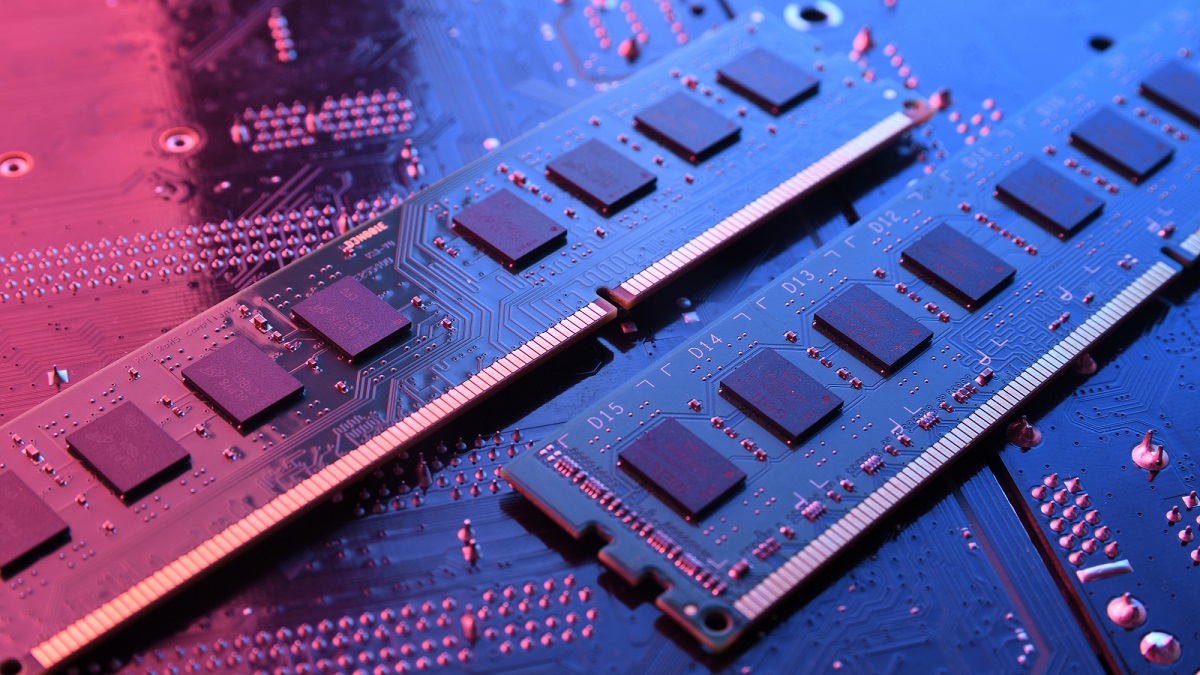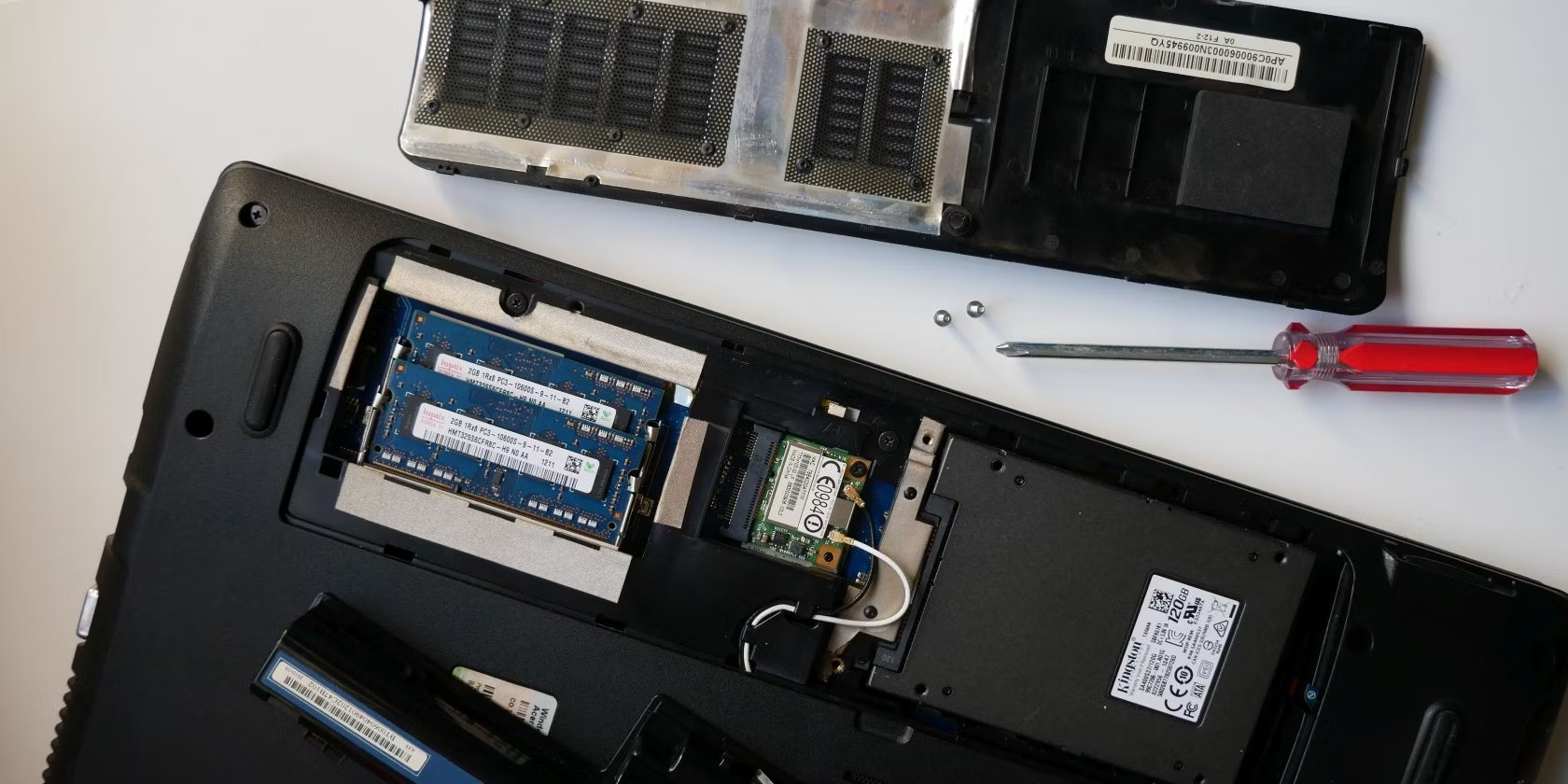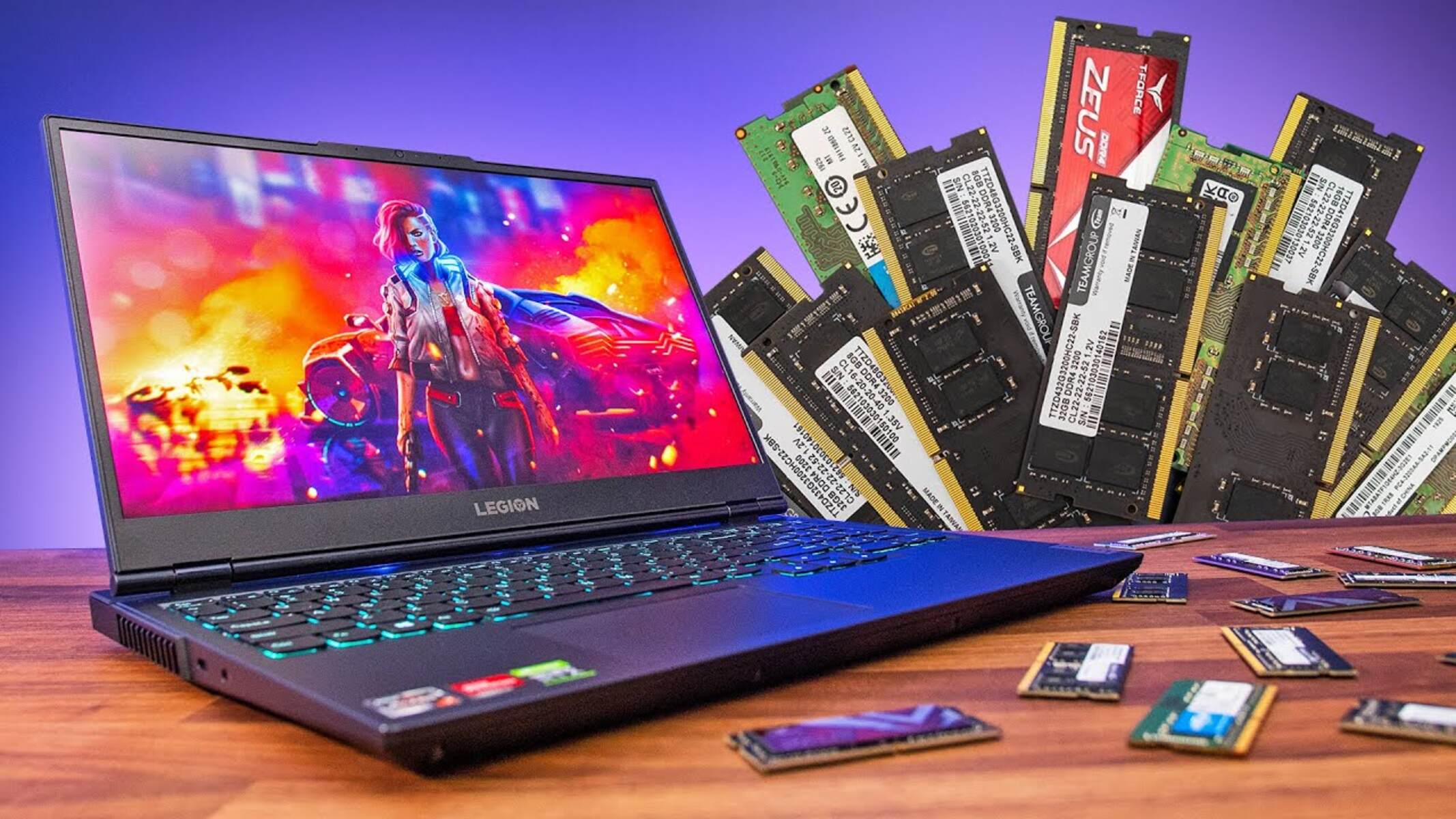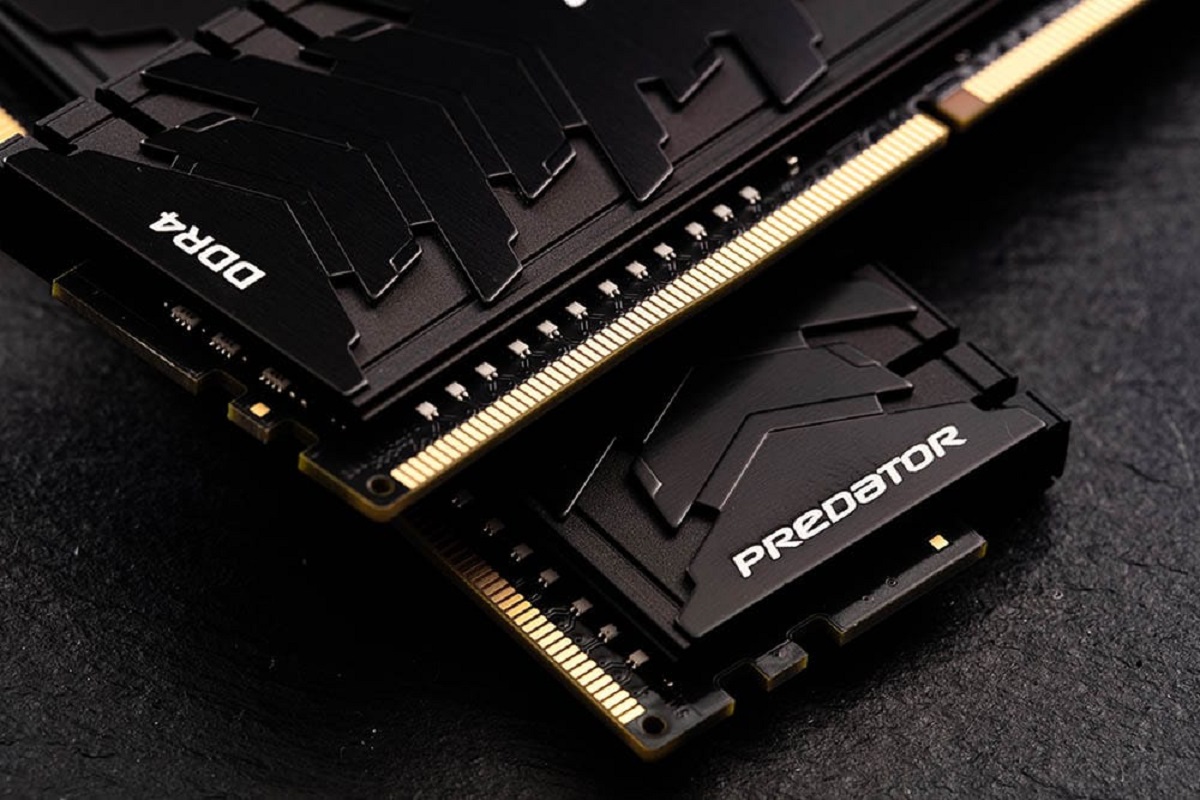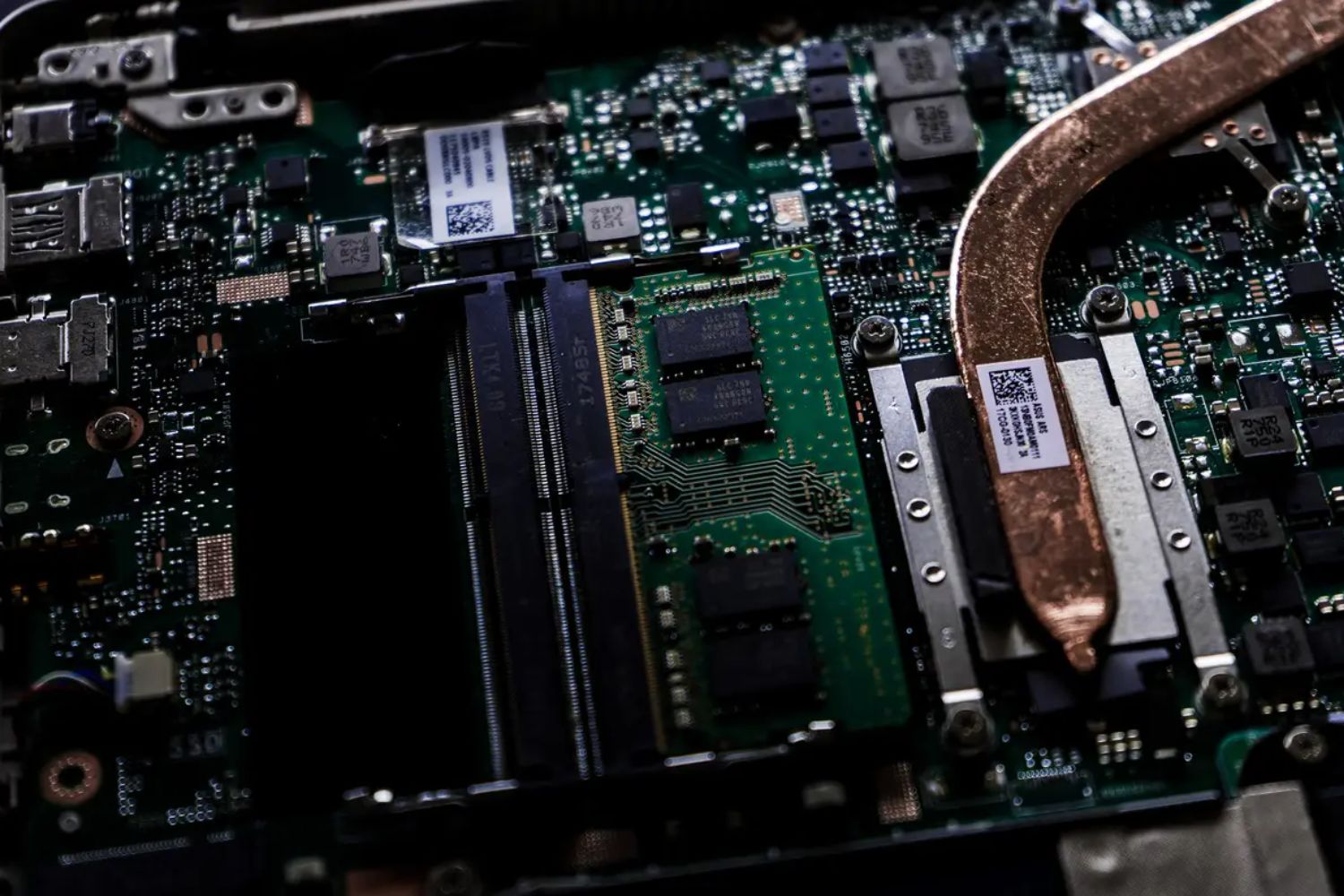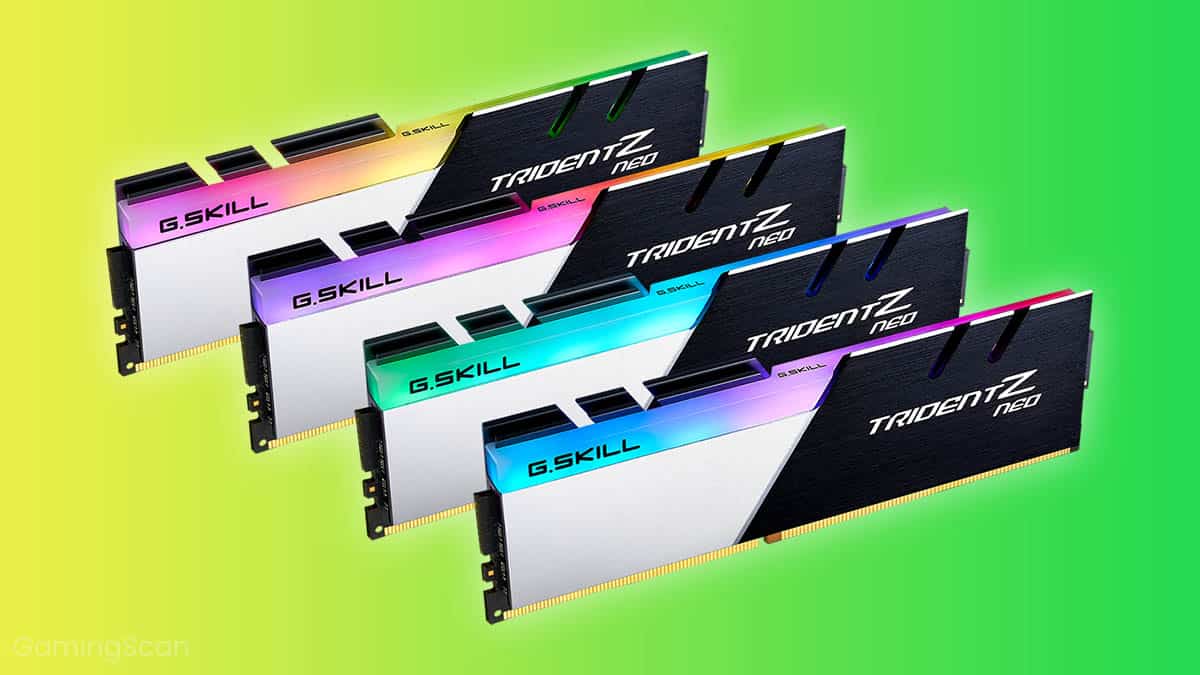What is Virtual Memory?
Virtual memory is an important concept in computer systems that allows the operating system to effectively manage the limited physical memory (RAM) available on a computer. It is a memory management technique that enables the system to use a portion of the hard disk as an extension of RAM.
When a computer needs more memory than the available physical RAM, it uses a portion of the hard disk to create virtual memory. This virtual memory acts as a temporary storage space for data that is not actively being used by the system or applications.
Virtual memory is crucial because it allows the computer to run multiple programs simultaneously, even if the total memory required exceeds the available physical RAM. Without virtual memory, the computer would constantly run out of memory and crash.
The operating system handles the management of virtual memory by dividing it into fixed-size blocks called “pages.” These pages are stored on the hard disk and are swapped in and out of the physical RAM as needed by the running programs.
When a program requests memory, the operating system assigns it a certain amount of virtual memory. The program may not actually use all of the allocated memory, but it is reserved for its use. If the program exceeds the allocated memory, it triggers a page fault, causing the system to transfer the required pages from the hard disk back into the RAM.
This process of swapping pages between the hard disk and RAM is transparent to the user, as the operating system manages it automatically. However, excessive swapping can slow down the system’s performance, as accessing data from the hard disk is much slower compared to accessing data from RAM.
Overall, virtual memory plays a vital role in enhancing the performance and usability of modern computer systems. It allows the efficient utilization of limited physical memory, enables multitasking, and ensures that the system can handle large and memory-intensive processes.
How Does Virtual Memory Work?
Virtual memory is a memory management technique in which a portion of the hard disk is used to supplement the physical memory (RAM) in a computer system. It enables the operating system to allocate more memory than what is physically available, allowing for efficient multitasking and the execution of memory-intensive programs.
When a program is loaded into memory, it is divided into smaller chunks called “pages.” These pages are typically 4KB in size and are stored in both the physical RAM and on the hard disk. The portion of the hard disk used as virtual memory is called the “page file” or “swap space.”
When the RAM becomes full, and the system needs to allocate memory for a new program or data, the operating system selects the least frequently used pages in the RAM and moves them to the page file on the hard disk. This process is known as “paging out” or “swapping out.”
When a program requires access to a page that has been swapped out to the page file, the operating system swaps it back into the RAM. This process is called “paging in” or “swapping in.” The swapped-out pages are replaced by the newly needed pages in a continuous cycle, ensuring that the most essential pages are always kept in RAM.
The efficient functioning of virtual memory depends on a technique called “page replacement.” When the RAM becomes full and a new page needs to be brought in, the operating system determines which page to evict from the RAM to make space. Various algorithms, such as the Least Recently Used (LRU) or the First-In, First-Out (FIFO) algorithm, are used to determine the page to be replaced.
Virtual memory allows for efficient memory management by utilizing both RAM and disk storage effectively. By extending the addressable space beyond the physical memory, it enables the computer system to execute larger programs and handle multiple processes simultaneously. It helps prevent system crashes due to low memory, improve system performance, and ensure the smooth operation of memory-intensive tasks.
How Much Virtual Memory Should I Get?
Determining the appropriate amount of virtual memory for your computer depends on several factors, including the amount of physical RAM installed, the types of applications you use, and your specific computing needs. While the operating system usually manages virtual memory automatically, you can customize the settings to optimize performance.
It is generally recommended to set the virtual memory size to be equal to or slightly larger than the physical RAM capacity. This ensures that there is enough virtual memory available to handle situations where the RAM may become full. However, allocating too much virtual memory can have a negative impact on system performance, as excessive swapping between RAM and the hard disk can slow down the system.
A good rule of thumb is to allocate virtual memory that is 1.5 to 2 times the size of the physical RAM installed in your computer. For example, if you have 16GB of RAM, you could set the virtual memory size to be between 24GB and 32GB. This extra space allows for efficient multitasking and the smooth execution of memory-intensive applications without excessive swapping.
It’s important to note that modern operating systems, such as Windows and macOS, typically manage virtual memory automatically. They dynamically adjust the virtual memory size based on the system’s memory requirements. However, if you’re working with large datasets, running virtual machines, or using memory-intensive software, you may benefit from manually adjusting the virtual memory settings.
Remember that allocating a larger virtual memory size requires additional disk space. Make sure you have enough free space on your hard disk to accommodate the increased virtual memory size.
Ultimately, the ideal virtual memory size for your computer depends on your unique usage patterns and the specific requirements of the programs you use. It’s worth experimenting with different virtual memory sizes to find the optimal balance between performance and disk space usage.
If you’re unsure about adjusting the virtual memory settings or need further guidance, consulting the documentation or support resources provided by the operating system or hardware manufacturer can provide valuable insights.
Factors to Consider When Determining Virtual Memory Size
While setting the virtual memory size is often handled automatically by the operating system, there are several factors to consider when determining the optimal virtual memory size for your computer. Taking these factors into account can help improve performance and ensure smooth operation.
1. Amount of Physical RAM: The amount of physical RAM installed in your computer is a crucial factor in determining the virtual memory size. It is generally recommended to set the virtual memory size to be equal to or slightly larger than the physical RAM capacity.
2. Types of Applications: Consider the types of applications you commonly use. Memory-intensive software, such as video editing or 3D rendering programs, may require more virtual memory to ensure smooth operation. Additionally, if you frequently use multiple applications simultaneously, allocating more virtual memory can help maintain performance.
3. Workload and Usage Patterns: Your specific workload and usage patterns should be considered. If you regularly work with large files or datasets, virtual machines, or perform memory-intensive tasks, you might benefit from allocating extra virtual memory.
4. System Requirements: Check the system requirements specified by the software or applications you use. Some programs may have specific recommendations for virtual memory size to ensure optimal performance. Taking these recommendations into consideration can help avoid performance issues or system crashes.
5. Free Disk Space: Allocating larger virtual memory sizes requires additional disk space. Ensure that you have enough free space on your hard disk to accommodate the virtual memory size you set. Running out of disk space can cause performance issues and even system errors.
6. Performance Monitoring: Keep an eye on system performance while using different virtual memory sizes. Monitor factors such as CPU and RAM usage, disk activity, and overall system responsiveness. This can help you identify if the virtual memory size is adequate or needs adjustment.
7. Compatibility: Ensure that the virtual memory size you select is compatible with your operating system. Different versions of Windows or macOS may have different recommendations or limitations regarding virtual memory size.
Considering these factors will help you determine the ideal virtual memory size for your computer. It’s important to find the right balance between optimizing system performance and avoiding excessive swapping between RAM and the hard disk.
Recommended Virtual Memory Size for 16GB of RAM
When you have 16GB of RAM installed in your computer, determining the recommended virtual memory size can help optimize performance and ensure smooth operation. While the operating system typically manages virtual memory automatically, you can customize the settings to suit your specific needs.
A commonly suggested guideline is to set the virtual memory size to be 1.5 to 2 times the size of the physical RAM. Based on this guideline, the recommended virtual memory size for a system with 16GB of RAM would be between 24GB and 32GB.
Allocating this range of virtual memory ensures that there is ample space for efficient multitasking and the execution of memory-intensive applications. It provides the operating system with the flexibility to handle situations where the RAM may become fully utilized.
Setting the virtual memory size slightly higher than the physical RAM capacity can be beneficial for tasks that require ample memory resources, such as editing large files, running virtual machines, or working with memory-intensive software.
However, it’s important to note that allocating too much virtual memory can have a negative impact on system performance. Excessive swapping between the RAM and the hard disk can slow down the system and lead to increased disk activity.
Keep in mind that modern operating systems, like Windows and macOS, usually handle virtual memory management automatically. They dynamically adjust the virtual memory size based on the system’s needs. This automatic management helps ensure optimal performance without the need for manual intervention in most cases.
It’s worth mentioning that these recommendations serve as general guidelines. Your specific computing needs and usage patterns may vary, so it could be beneficial to experiment with different virtual memory sizes to find the optimal balance for your system.
As always, if you are unsure about adjusting the virtual memory settings or need additional assistance, consulting the documentation or support resources provided by the operating system or hardware manufacturer can provide further guidance.
Pros and Cons of Increasing Virtual Memory Size
Increasing the virtual memory size can have both advantages and disadvantages. It’s important to evaluate the pros and cons to make an informed decision about the appropriate virtual memory allocation for your computer system.
Pros of Increasing Virtual Memory Size:
- 1. Better Multitasking: Allocating more virtual memory allows for efficient multitasking. It provides additional space for running multiple applications simultaneously, reducing the chances of running out of memory.
- 2. Enhanced Performance: With increased virtual memory, the system can handle larger and memory-intensive tasks more smoothly. It reduces the frequency of swapping between RAM and the hard disk, leading to improved overall performance.
- 3. Greater Flexibility: A larger virtual memory size provides more flexibility in managing memory resources. It ensures that the operating system has sufficient space to allocate memory to different applications, preventing performance issues or crashes due to low memory.
- 4. Accommodates Memory-Intensive Software: Increasing virtual memory is particularly beneficial when working with memory-intensive applications, such as video editing software, 3D rendering tools, or virtual machines. These programs often require more memory, and a larger virtual memory size ensures their smooth operation.
Cons of Increasing Virtual Memory Size:
- 1. Disk Space Usage: Increasing virtual memory translates to utilizing more disk space. If your hard disk has limited free space, allocating a larger virtual memory size may lead to potential storage issues.
- 2. Increased Swapping: A larger virtual memory size can result in more frequent swapping between the RAM and the hard disk. Excessive swapping can negatively impact system performance, as accessing data from the hard disk is slower compared to accessing data from RAM.
- 3. Slower Response Times: When the system heavily relies on virtual memory due to high memory demands, it may lead to slower response times. This delay can affect overall system responsiveness, especially when running multiple memory-intensive tasks simultaneously.
- 4. Reduced Lifespan of SSDs: If your computer uses a solid-state drive (SSD) for virtual memory, a larger virtual memory size may result in increased read and write operations on the SSD. This can potentially reduce the lifespan of the SSD.
It is important to strike a balance when adjusting the virtual memory size. Allocating an optimal amount of virtual memory that meets the requirements of your specific computing needs ensures efficient memory management without compromising system performance.
Considering both the pros and cons can help you make an informed decision about the virtual memory size that best suits your computer system.
How to Adjust Virtual Memory Settings on Windows
Adjusting the virtual memory settings on Windows allows you to optimize the allocation of memory resources for your computer system. By following the steps outlined below, you can modify the virtual memory size according to your specific needs.
Step 1: Open System Properties
- Right-click on the “Computer” icon on your desktop or navigate to the “This PC” option in the File Explorer.
- Select “Properties” from the context menu to open the System Properties window.
Step 2: Access Virtual Memory Settings
- In the System Properties window, click on the “Advanced system settings” link located on the left side.
- In the System Properties dialog box, go to the “Advanced” tab.
- Under the Performance section, click on the “Settings” button.
Step 3: Modify Virtual Memory Settings
- In the Performance Options dialog box, go to the “Advanced” tab.
- Under the Virtual Memory section, click on the “Change” button.
- Uncheck the box that says “Automatically manage paging file size for all drives.”
- Select the drive where Windows is installed (usually the C: drive).
- Choose the “Custom size” option to manually set the initial and maximum size of the virtual memory.
- Enter the desired values for the initial size (minimum) and the maximum size based on your requirements. Remember to consider the recommended virtual memory size mentioned earlier.
- Click on the “Set” button to save the changes.
Step 4: Apply the Changes
- Click OK on the Virtual Memory dialog box.
- Click OK on the Performance Options dialog box.
- Restart your computer for the changes to take effect.
After restarting your computer, the new virtual memory settings will be applied. However, keep in mind that the operating system may still adjust the virtual memory size dynamically based on the system’s needs.
It’s important to note that these instructions are applicable to Windows 10, but the steps may be slightly different for other versions of Windows. If you are using a different version, consult the relevant documentation or support resources provided by Microsoft.
How to Adjust Virtual Memory Settings on Mac
Adjusting the virtual memory settings on a Mac allows you to manage the allocation of memory resources effectively for your computer system. By following the steps outlined below, you can modify the virtual memory settings according to your specific needs.
Step 1: Open System Preferences
- Click on the Apple menu icon located in the top-left corner of the screen.
- Select “System Preferences” from the dropdown menu.
Step 2: Access Memory Settings
- In the System Preferences window, click on the “Memory” or “Memory (RAM)” icon.
Step 3: Adjust Virtual Memory Size
- In the Memory tab, click on the “Automatically manage paging files size” option to disable it.
- Below the option, you will find a slider that adjusts the virtual memory size.
- Drag the slider left or right to decrease or increase the virtual memory size according to your requirements.
Step 4: Apply the Changes
- Close the System Preferences window.
- Restart your Mac for the changes to take effect.
After restarting, the new virtual memory settings will be applied. The operating system will use the allocated virtual memory when needed, in addition to your physical RAM.
Keep in mind that macOS typically manages virtual memory automatically, and adjusting the settings may not be necessary for most users. However, if you have specific memory-intensive tasks or requirements, manually adjusting the virtual memory settings can be beneficial.
Note that these instructions are based on macOS Mojave (10.14) or later versions. If you are using a different version of macOS, the steps may vary slightly. Consult the relevant documentation or support resources provided by Apple for your specific macOS version.
Frequently Asked Questions about Virtual Memory and RAM
Understanding concepts like virtual memory and RAM can be complex. Here are answers to some frequently asked questions to help clarify key aspects of these topics:
Q1: What is the difference between virtual memory and physical memory (RAM)?
Virtual memory is a memory management technique that uses a portion of the hard disk as an extension of physical memory (RAM). RAM, on the other hand, is the actual physical memory installed in a computer where data and instructions are stored for quick access by the processor.
Q2: How does virtual memory affect system performance?
Virtual memory can improve system performance by allowing the computer to run larger programs or handle multiple tasks simultaneously, even if the physical RAM is limited. However, excessive reliance on virtual memory, leading to frequent swapping between RAM and the hard disk, can slow down the system.
Q3: Can I increase the amount of virtual memory?
Yes, you can adjust the virtual memory size on both Windows and Mac systems. However, it’s important to find the right balance, as allocating too much virtual memory can impact system performance and disk space usage.
Q4: How much virtual memory should I allocate?
A general guideline is to allocate virtual memory that is 1.5 to 2 times the size of the physical RAM installed. For example, if you have 16GB of RAM, a recommended range for virtual memory would be between 24GB and 32GB.
Q5: Does increasing RAM eliminate the need for virtual memory?
Increasing RAM can improve system performance and reduce reliance on virtual memory. However, virtual memory is still utilized, especially when running memory-intensive tasks or working with large datasets that exceed the available physical memory.
Q6: Can virtual memory be disabled?
No, virtual memory cannot be entirely disabled as it is a fundamental component of modern operating systems. Disabling virtual memory could cause system crashes or errors when running memory-intensive applications.
Q7: How can I monitor virtual memory usage on my computer?
Both Windows and Mac provide system monitoring tools that allow you to check virtual memory usage. In Windows, you can use the Task Manager, while on Mac, Activity Monitor provides insights into virtual memory utilization.
Q8: Can I transfer virtual memory to an external storage device?
No, virtual memory resides on the computer’s internal hard disk and cannot be directly transferred to an external storage device. However, you can change the location of the virtual memory page file to a different internal drive if available.
Q9: Can virtual memory affect gaming performance?
Virtual memory can have an impact on gaming performance, especially if the game requires a large amount of memory. It’s important to ensure that both virtual memory and physical RAM are sufficient to handle the game’s requirements.
Q10: Is it normal for virtual memory usage to fluctuate?
Yes, virtual memory usage can fluctuate as the operating system dynamically adjusts it based on the system’s needs. It’s a normal process to ensure optimal memory management and performance.
These FAQs provide a foundation for understanding virtual memory and RAM. However, if you have specific concerns or require further assistance, it’s recommended to consult the documentation or support resources provided by your operating system or hardware manufacturer.







